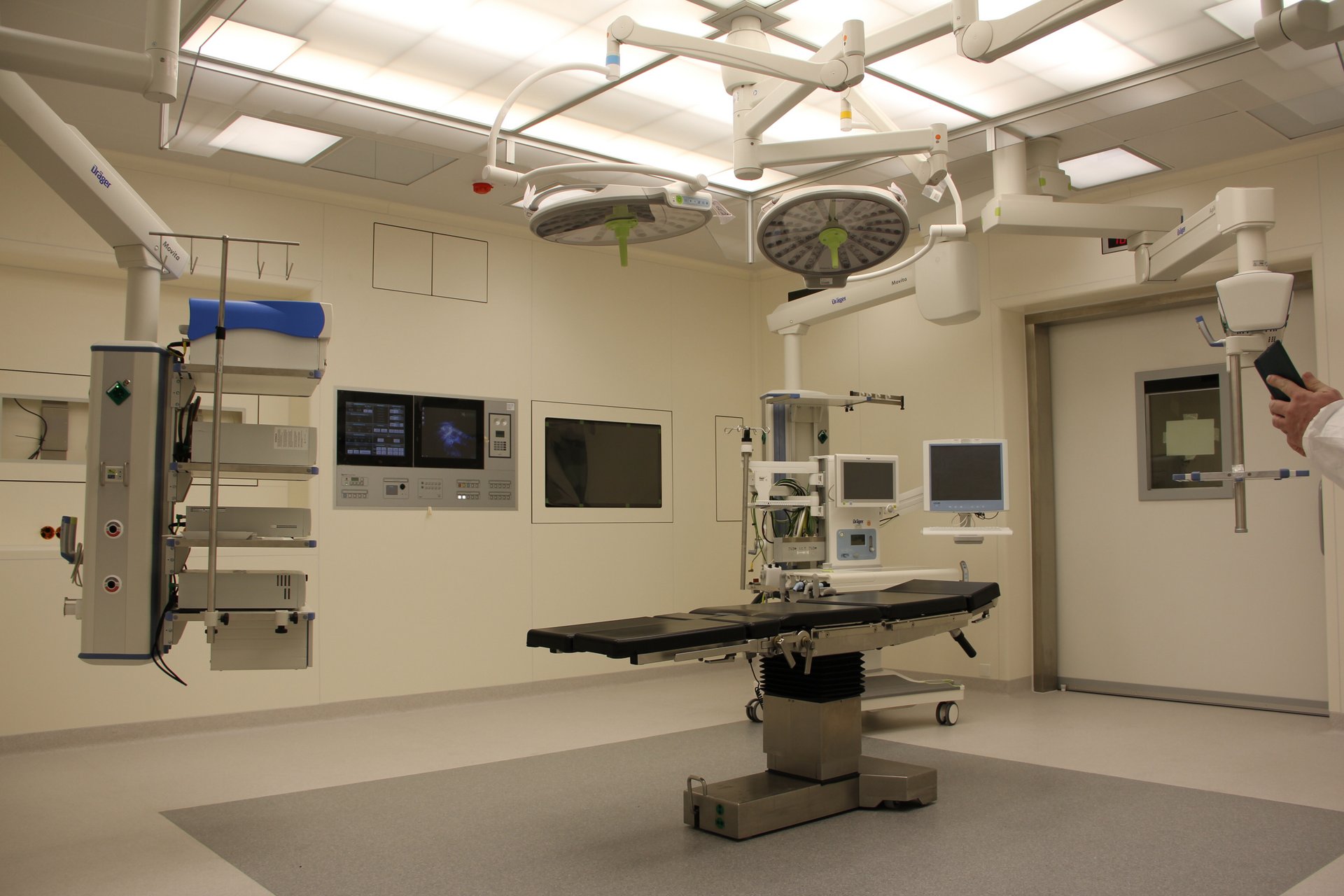
29 Apr Expert Advice and Support to Finanance Your First Medical Practice
FINANCIAL PERFORMANCE
For ambitious medical practitioners, opening your practice can be a fulfilling reward for your years of hard work.
It gives you the freedom to define the quality of patient care, assemble a hand-picked team and be in full control of your clinic’s financial success and client care.
However, it also comes with a multitude of challenges.
Getting your medical practice off the ground not only requires a strong business vision, but also the financial capital to put it into action.
FINANCING YOUR BUSINESS VISION: WHAT WILL IT COST?
From your medical equipment to employee salaries, there are many considerations to consider when it comes to financing your medical practice.
Various factors influence how much it will cost you to set up your practice, including size, location and speciality.
Unless you shop around for your finance, you will miss out on many of the benefits lenders will offer you to ensure you select their loan options. Also, you may miss out on the best terms and condition that best suit your loan maintenance choices.
LARGE FINANCIAL INSTITUTIONS
Banks regard doctors as comparatively low risk with sound earning potential, so are often in an excellent position to acquire their loan from large financial institutions.
First thing lenders will be looking for, is a robust business plan and rock-solid application to get buy-in for your medical practice.
When assessing your eligibility for a fixed or short-term business loan, the lender will consider factors such as your employment history, location, savings track record and earnings, as well as your business plan.
If your loan is approved, it will be for a specific amount of money, and you’ll receive a repayment plan.
One benefit of a traditional bank loan is the high amount of credit available – sometimes up to $50,000 for a short-term loan or up to 100% of the fit-out for a fixed term loan.
There are also usually long repayment periods compared to other types of loans.
MEDICAL PRACTICE FINANCING SPECIALISTS
There are various alternative loan services for practitioners looking for medical practice funding.
This includes companies that specialise in loans for medical professionals.
Smaller loan operators have unique industry knowledge that helps them to tailor more effective loans.
1. WHAT’S IN IT FOR YOU?
Due to loan limits often being smaller, medical practice financing through alternative loan companies tend to have a fast application process.
Some medical finance providers will also tailor monthly loan repayments, so they start low and then rise in line with increasing cash flow.
2. INVESTING IN AN EXISTING MEDICAL PRACTICE
For practitioners purchasing an existing medical practice, loan providers can lend up to 100% of the purchase price.
Furthermore, there are several options for tailoring the loan, such as:
- The ability to choose repayment options, as suited to your tax needs and financial situation.
- The ability to redraw on existing goodwill equity for other needs.
- Leveraging available services to cover conveyancing and stamp duty.
Pros: The primary advantage of purchasing a medical practice is the business and practice processes are already in place. Your investment goes towards the existing location, equipment and staff. This saves you time fitting out a new site and lets you focus on patients.
Cons: Investing in existing practice means agreements are already in place. It can take time for these contracts to expire before being able to implement updates.
REFINANCING AND CONSOLIDATING YOUR LOANS
If you already have a home loan, student loan or credit card debt, the thought of incurring new debt for your medical practice can be daunting.
Refinancing your current loan is an option and involves applying for a new loan to pay out your existing one.
You could also consolidate your existing debt by combining several loans into a single loan.
Pros:
- Refinancing can be used to help you pay off your loan sooner, e.g. you secure a cheaper rate than your existing loan, don’t extend the new loan term beyond the amount of time left on your current loan, and can make larger than required payments and more frequent payments than is required; and
- You can also refinance to consolidate your loans, e.g. the new loan offers better terms, lower fees or a reduced interest rate.
Cons: For loan consolidation to be effective, it’s important to make additional payments to catch up with the loan payments. Loan refinancing can also come at a price and fees can add up, so before making any decisions, calculate the cost of your existing loan and compare it with the new one.
CONSIDERATIONS TO KEEP IN MIND
Every medical practice will have unique needs, so there are no one-size fits all solution. As you weigh up the financing options above (there are hundreds to choose from), you may also consider other key factors that can support your success.
For example, some practice owners choose to start business partnerships with other medical practitioners to share the financial requirements and even create a better patient-centred ecosystem of care through a multidisciplinary practice.
This comes with its own set of advantages and disadvantages.
It’s crucial to get expert business, accounting and taxation advice before you make any firm decisions that could impact your future.
In any business, the secret to success begins with planning well.
By having a clear understanding of the costs that will be involved in setting up your medical centre, you can avoid the not-so-pleasant surprises like unexpected broken funding expenses.

